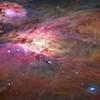
Types of Astrophotography
Astrophotography simply put is showing the world via image and photo, what an individual would see through a telescope. There are different types of astrophotography, which vary in level of difficulty, and can also be impacted by the quality of the camera equipment. All of the types are fun, and can be achieved with a digital camera, a more advance camera system or even as simple as a smart phone. The different types of astrophotography are simple night sky astrophotography, piggyback astrophotography, prime focus astrophotography, afocal astrophotography, and finally eyepiece projection astrophotography. Within these types of photography lay the category of the subject of the image and photo, which are deep space, solar system, wide field, and time lapse. Each type is suited for specific occurrences, for example simple night sky astrophotography is best for star constellations whereas afocal is better for bright planets or the sun or moon. Each type requires different equipment like varying lens, or zoom lens, or different camera kits or telescopes.
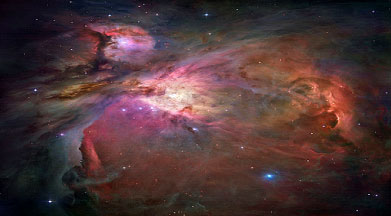
Equipment
Of course to capture the most dynamic image and photo, an individual needs the proper tools. For observing astrophotography a cellphone, mirror, sky gazing almanac, flashlight, and filter will be useful. In regards to actually parking in astrophotography a tripod, mount, telescope, digital camera, long lens, zoom lens, extension cord, and extra batteries will be useful. Ideally an individual would want a full framed sensor digital camera for maximum ability and photo quality. Tripod are extremely important as well, as they serve for a steady base for the digital camera during time lapse or different exposure image and photo attempts. Some even use IP camera systems to transmit video over the web and broadcast on YouTube Live.
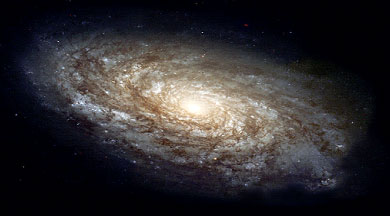
Photographing in Low Light
When trying to shoot galaxies, or start constellations or planets, it is almost going to be dark, with low light, as they objects are mostly visible at night. The best way to work around the low light is to find your framing, and to focus the image. Firstly utilize self-timers or remotes to access the shutter button, because just touching the shutter button can cause a vibration which will impact the image and photo. As far as framing the shot, it may take some time to find the perfect location, utilize the CCD imaging for a few test runs and reposition yourself accordingly for optimal image and photo composition. A good trick for focusing the images is shooting in live view, or focusing the camera in day time so that the digital camera is already focused for the low light of the shoot.

Planning
Planning for astrophotography is imperative, as resources, vision, and camera kits for night time are different than what would typically be utilized or available in the day time. Remember to be safe for the shoot, and also to obtain the necessary permission or permits if traveling to an area that is not on your personal property. Use star maps, google earth, particularly dark sky maps and various other internet resources to prepare for an astrophotopgraphy shoot. Know where the stars are for the date and time of the shoot in order to plan accordingly and make the best of your camera equipment and CCD imaging.
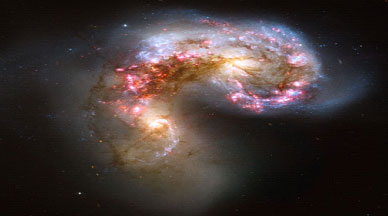
Settings
Depending on the environment, and the camera system being used for an astrophotography shoot, the settings that need to be used for the camera, or digital camera, and lens utilization will vary. Practice will result in the most impressive and dynamic image and photo, in the meantime two things to take into consideration are exposure and white balance. Exposure is impacted by shutter speed and aperture, simply put the amount of time the shutter is open and the lens that controls how much light is getting through to the camera will impact the image and photo. White balance is the process of removing unnecessary or unwanted color and replacing with whites. Adjusting and controlling these few things will allow for more consistency and visual interest throughout astrophotography shoots.
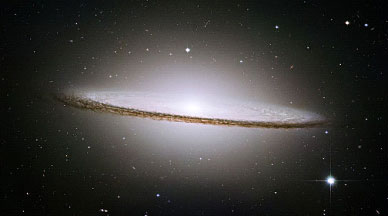
Composition
To make an image and photo interesting and beautiful there are a few tricks in making the composition as visually appealing as possible. A camera system can only do so much, the appeal of the photo is the responsibility of the individual taking the photo. Adjust the framing of the photo and avoid the center, as focusing on the center may cut off important aspects of the image. Utilize leading lines and structure in the image to direct a viewer's eye to the focus of the image. Be aware of empty space, and focus on balance, do not leave all the interesting aspects of the photo on one side only.

CCD Imaging
CCD stands for charge coupled device, CCD sensors create high quality, low noise images, but they do consume a lot of power. CCD's are technology that allow for light detection in high quality data. CCD's are generally used in a security camera, and particularly in astronomy, and astrophotography. To take long exposure photos a CCD chip is used to detect errors in tracing and can command the mount to correct.

CS Lens Mount
A C mount is a type of lens commonly found on a camera, particularly movie, television, and security cameras. A CS lens mount specifically is built for smaller formats, with a flange focal distance of 12.50 millimeters.

Additional sources:
Techniques- Information about different techniques of astrophotography
Types of Astrophotography- An article explaining the different types of astrophotography.
Useful Equipment- A list of astrophotography equipment including camera, camera lens, camera kits, zoom lens, and digital camera.
Photographing the Milky Way in Light Pollution- Article explaining how to utilize camera kits, including digital camera and CCD imaging in low light, or with light pollution.
Settings- Information about which settings to use on a camera, or digital camera when engaging in astrophotography.
Composition in Astrophotography- Suggestions for a strong astro image and photo.
CCD Imaging- CCD imaging information in regards to astrophotography.
CS Lens Mount- Information about different lens mounts.

